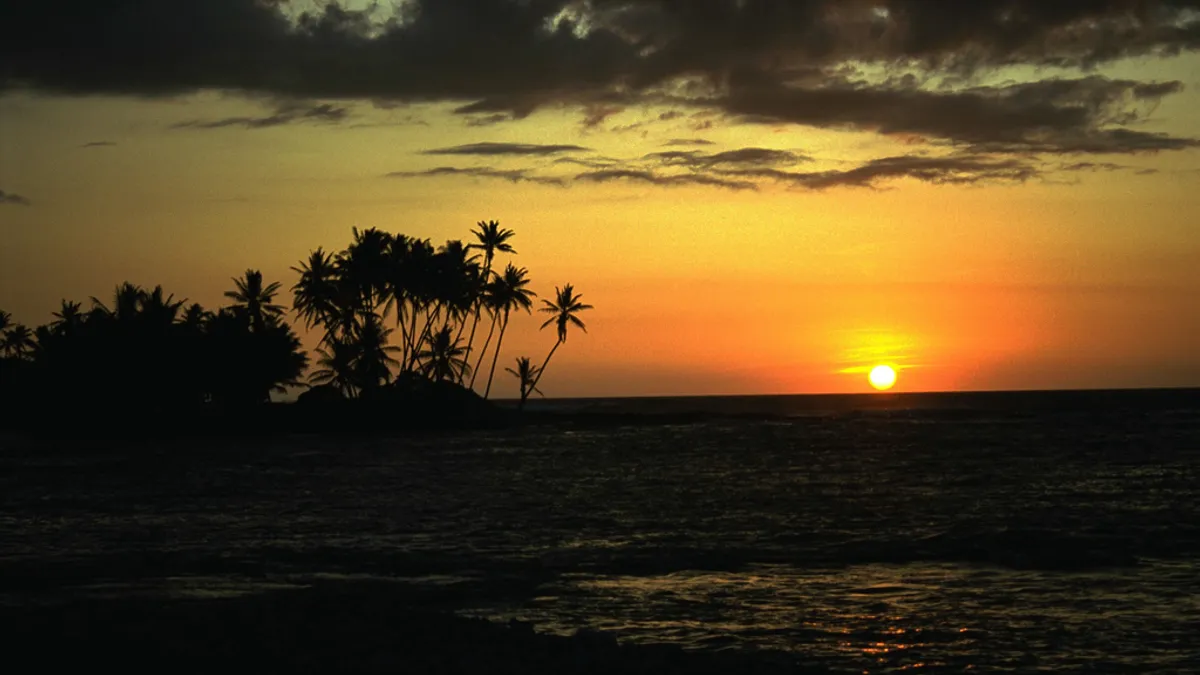Hawaii's utilities have submitted detailed plans to regulators on how they will meet customer demands for more renewables at lower power prices.
The new Power Supply Improvement Plan (PSIP) and Distributed Generation Interconnection Plan (DGIP) are a response to April’s four orders from Hawaii's Public Utilities Commission (PUC). Commissioners rejected an earlier plan and directed the utilities to develop plans that would better meet customer needs.
“Aggressively pursue energy cost reductions, proactively respond to emerging renewable energy integration challenges, improve the interconnection process for customer-sited solar photovoltaic systems, and embrace customer demand response programs,” the PUC ordered.
PUC Commissioner Lorraine Akiba declined comment on the new HECO submissions, saying only the commission is evaluating them.
According to the PSIP, the HECO Companies (Hawaiian Electric Company), serving Oahu, the Maui Electric Company (MECO), serving Maui, Lanai and Molokai, and Hawaii Electric Light Company (HELCO), serving Hawaii Island, will get 67% of their electricity from renewables by 2030. A third of that will come from “market-based, distributed solar.” Implementation will “define the utility model of the future.”
Key to the plan is a smart, streamlined transmission and distribution system that, along with “exponential growth of energy efficiency,” will be able to integrate 99% of all renewable generation between 2015 and 2028. As renewables penetration goes beyond 60%, between 2028 and 2030, integration drops to 97%.
If load grows with, for example, a high adoption of plug-in vehicles, the system will still obtain very near 100% integration of renewables, the PSIP promises.
Facilitating integration will be increased energy storage for regulation and contingency reserves, increased demand response to reduce load, and the transition to liquified natural gas (LNG) and combined cycle generating units and away from “must-run” thermal generation for the flexibility needed to get high renewables penetration.
The new energy mix
Changes will include:
-nearly tripled customer-owned DG to over 900 megawatts,
-“large amounts” of new utility-scale solar,
-“modest amounts” of new utility-scale wind,
-“aggressively” expanded demand response, and
- deactivation of all existing oil-fired generators in favor of natural gas and biomass,
“Conscious choices were made to blend resources that move the generation mix away from fossil-fuel,” the plan explains, as “a financial hedge against fuel price volatility and future uncertainty.” Because of price volatility, renewables “that consume no fuel were selected for the PSIP in some cases where they were not the obvious low-cost option.”
Energy mix and cost structure changes and a new rate design are expected to cut average residential customer monthly bills 23% between 2014 and 2030.
“About 75% of our current generation is from expensive oil,” explained Hawaiian Electric Spokesperson Peter Rosegg. “Roughly 70% of the electric rate is for fuel and fuel-related costs. Switching to less expensive renewables and LNG will bring down the cost of fuel. That helps offset the bill impact of investment in upgrades and other infrastructure.”
Containerized LNG imports should begin by the end of 2017, with “relatively little new infrastructure needed,” Rosegg said. Converted oil-fired plants will need only “loading docks, day-storage tanks and small regasification units and piping.”
Customer bills will fluctuate through about 2023, while investment is made in improvements and upgrades, he said. “After that, we envision bills in a steady decline, to reach 20% below current rates by or before 2030.”
Fifteen-year LNG contracts call for declining imports, following the transition to renewables, he added.
Lower rates through smarter delivery
A new, “more equitable” tariff structure will be based on both the value of grid-provided power and of DG delivered to the grid, and will “fairly” allocate “fixed costs of the grid to all customers,” the DGIP promises.
Regulatory and policy changes are essential. In the short term, Hawaii’s Net Energy Metering program must be modified to a Schedule Q tariff with a non-export option. The model should be PUC’s Order No. 32269 of August 21, 2014, which provides revised, “fairly allocated” DG tariffs.
In the longer term, the DGIP adds, products and services should allow other ways to access DG, including export and non-export systems, community solar, customer-sited storage, electric vehicles, and other emerging technologies.”
Transmission and distribution system upgrades “will mitigate system risks and allow for greater levels of two-way power flow with continued reliable service,” Rosegg explained. Investments and initiatives are already underway and planned.
“On the customer side of the meter, expanded demand response programs will give customers incentive to move their energy use to when we have the greatest available solar energy and allow the utility to turn down or turn off a pre-agreed part of customers’ load to maintain reliability,” he said.
And there are plans for “significant” new energy storage. “The plan we filed includes additions of 300 megawatts of energy storage on O‘ahu by 2030, 42 megawatts of battery storage on Maui, 10 megawatts each on Moloka‘i and Lana‘I, and 25 megawatts on Hawai‘i Island,“ Rosegg said. “This is on top of 22 megawatts of battery storage on Maui and 1 megawatt on Lana‘I, and 2 megawatts planned for Molokai, and small demonstration projects planned on O‘ahu and Hawai‘i Island.”
Meeting technical challenges
Operational constraints will be proactively mitigated by meeting technical challenges at the distribution level and reliability risks for the overall power system will be met with smart technologies, the DGIP promises.
Plans also include circuit and power system upgrades, advanced inverters, and other technologies that allow two-way communications and other elements of the modernized grid that enable more interconnection.
“The Companies are working with inverter manufacturers to test and confirm inverter features that will enable an increase in gross daytime minimum load limits from 120% to a target of 150%,” the DGIP reports.
The DGIP’s integrated interconnection queue proposal focuses on eliminating customer dissatisfactions through faster and clearer interconnection procedures that will, the filing promises, “provide a clear and transparent path forward for applicants.”














